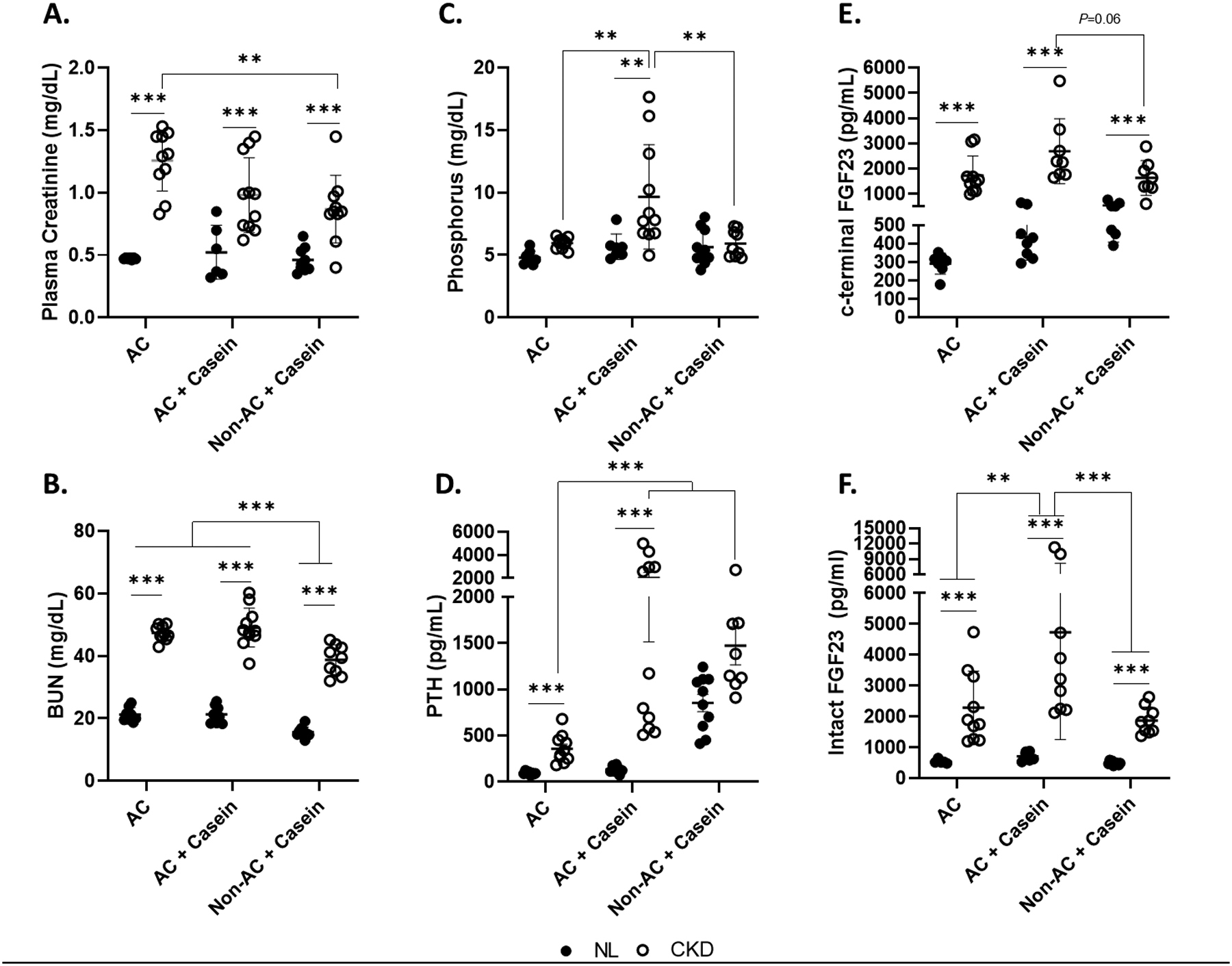Figure 2. Feeding an autoclaved diet in combination with a diet high in bioavailable phosphorus worsens kidney function and biochemical parameters of CKD-MBD.

Panel A. There was a disease-by-diet interaction on plasma creatinine, where the plasma creatinine was higher in the CKD rats. CKD rats fed the AC diet had higher plasma creatinine than the CKD rats fed the Non-AC+Casein, but not the AC+Casein diet. Panel B. BUN was higher in the CKD rats across all diet groups compared to NL. BUN was higher in the rats fed the AC and AC+Casein compared to the Non-AC+Casein. Panel C. There was a disease-by-diet interaction driven by the high phosphorus levels in the CKD rats fed the AC+Casein diet. Plasma phosphorus was only different between NL and CKD rats fed the AC+Casein diet. Panel D. There was an interaction between kidney function and diet in plasma PTH, where there was a difference between the NL and CKD rats only in those fed the AC and AC+Casein diets, but not the Non-AC+Casein. Among the CKD rats, PTH was higher in the rats fed the AC+Casein and Non-AC+Casein compared to the CKD rats fed the AC diet. Panel E. There was an interaction between kidney function and diet in plasma c-terminal FGF23 whereCKD rats had higher concentrations than the NL rats for all diet groups. Among the CKD rats, there were no differences between diets, but the CKD rats fed the AC+Casein diet tended to have higher concentrations than the Non-AC+Casein (P=0.06). Panel F. CKD rats had higher intact FGF23 than NL. Within the CKD rats, those fed the AC+Casein had the highest concentrations compared to AC and Non-AC+Casein. ** P<0.01, *** P<0.001. BUN, blood urea nitrogen; PTH, parathyroid hormone; FGF23, fibroblast growth factor 23; CKD, chronic kidney disease; NL, normal kidney function; AC, autoclaved diet; Non-AC, non-autoclaved diet.
